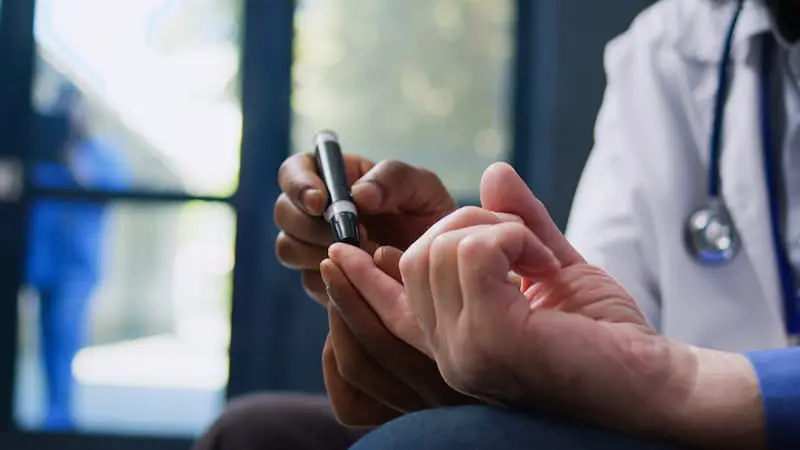Even though the Department of Transportation (DOT) sets the guidelines and regulations, employers have responsibilities to ensure compliance. You must take the initiative to prevent your employees from using drugs and alcohol, especially in safety-sensitive jobs. If your company falls under DOT drug and alcohol testing requirements, here is some need-to-know information for your program:
1. You Need to Conduct a DOT Drug and Alcohol Testing Program
Congress passed a law in 1991 requiring DOT agencies to test safety-sensitive transportation workers. So you need to have a testing program if you employ individuals in safety-sensitive positions, even if they are self-employed. School bus drivers, pilots, commercial truck drivers, and ship captains are just a few examples of employees requiring a DOT testing program. You can check to see if you need to cover it here. If you have questions, contact your specific transportation industry’s governing agency to determine who you need to test, when, and the situations requiring testing.
2. You Must Appoint a Designated Employer Representative (DER)
You must train the DER with the knowledge to act with authority about the testing procedures and answer any questions that arise. Their primary job is to receive test results and take immediate action to remove employees in safety-sensitive positions that have violated the testing rules either with a positive test or refusing to submit a test. This person must be a company employee. The DOT doesn’t allow contractors or service agents in this position except for owner-operator truck drivers.
Your DER should be readily available as they perform many drug and alcohol program functions; it’s better to appoint multiple individuals to ensure good coverage for all shifts and locations. Service agents should always be able to speak to a DER directly without unnecessary delays.
3. Write Up Policies Explaining Your Program and Distribute Them
If you are required to have a program, you must have written policies that fully explain your drug and alcohol testing program, as compliance can vary slightly between DOT agencies. You must also distribute them to your employees and have them readily available for employees to review. If there are any changes or updates, you must also communicate these to your employees.
Your written policy must include the following:
- The Mandatory Requirements for DOT Compliance within Your Transportation Industry
- The List of Prohibited Substances
- What Circumstances Require Employee Testing
- Testing Procedures for Both Drugs and Alcohol
- Consequences for Positive Tests
- Obligations to Submit Testing and Violations of Refusing Testing for Employees
- Defining Employee Categories that are Subject to DOT Rules
- The Name and Contact Information for the DOT DER
4. You Have Three Options for Administering the Program
The first option is to outsource everything to a third-party vendor. In this case, only the DERs and any DER support staff remain inside the company.
The second option is to outsource part of the program functions. You could staff the DERs, medical review officers, and substance abuse professionals but outsource the rest to a DOT testing center or some variation of that.
Your final option is to run the entire program internally. You could hire staff or send current staff members to get breath alcohol technician (BAT)/urine collector certifications. The lab would still have to be outside of your organization, though.
5. You Can Also Have a Company Testing Program with Your DOT Program
If you perform your testing in-house, the DOT doesn’t stop you from testing for additional substances while conducting your DOT tests. However, these are company policy and not DOT-affiliated tests, so they must be separate specimens even if collected simultaneously.
You must clearly explain in your policy which tests are DOT-mandated and which are under your company’s authority. You must use non-Federal and non-DOT forms for your company testing program. Finally, you must collect the DOT tests first when conducting mandatory testing after an accident.
6. You Must Distribute Educational Material and Updates to Your Employees
In addition to providing the policies to your employees in DOT safety-sensitive roles, you must provide them with the contact information of the DER or another program-affiliated person to answer their questions. They will also need information on what conduct is prohibited, what constitutes a refusal to test and the consequences, the signs and symptoms of drug and alcohol misuse, and the name and contact of counseling and access to treatment programs.
You should also provide education on the effects of drugs and alcohol on their work, health, and personal life. You must document that they’ve received all of this educational material from you. Finally, you will require supervisors to complete training on indicators of probable drug and alcohol use.
7. You Have to Keep Program Records for DOT Inspections or Audits
You will be required to maintain documentation and records for a minimum of one to five years depending on the document. These records protect you during an audit or inspection by DOT agencies. You also may need the records for arbitration hearings or court cases. Look up the specific guidelines for each type of record here. You should keep the documents under controlled need-to-know access. If electronic, they need to be easily reviewable for audits, or you will need to print them all out. You should be able to produce them at your place of business within two business days if requested.
While this is an excellent place to start to ensure your program’s compliance, always check for updates to the DOT’s employer handbook or contact their Office of Drug and Alcohol Policy and Compliance. You are responsible to the DOT and general public to ensure your employees are operating safely at all times.






